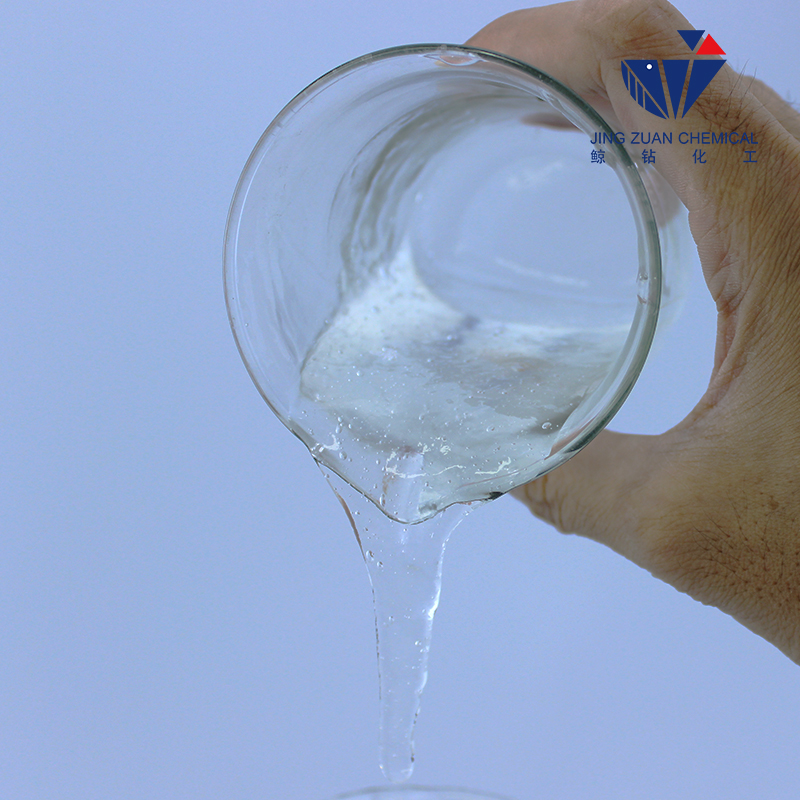
Août . 21, 2024 08:13 Back to list
Exploring Innovative HPMC Formulations for Enhanced Pharmaceutical Applications and Drug Delivery Systems
Understanding HPMC Formulation in Pharmaceutical Applications
Hydroxypropyl methylcellulose (HPMC) is a widely used polymer in the pharmaceutical industry, particularly in the formulation of various drug delivery systems. Its unique physical and chemical properties make it an ideal excipient to enhance the solubility, stability, and bioavailability of active pharmaceutical ingredients (APIs). This article will delve into the significance of HPMC formulation, outlining its characteristics, applications, and benefits in pharmaceuticals.
Understanding HPMC Formulation in Pharmaceutical Applications
One of the primary applications of HPMC in pharmaceuticals is as a binder and film-former in tablet formulations. When used as a binder, HPMC aids in the cohesion of tablet ingredients, ensuring that they adhere together during compression and maintain structural integrity. Additionally, it acts as a film-former, providing a protective layer around the tablet that can control the release of the drug. This controlled-release property is essential for maintaining therapeutic levels of an API over extended periods, which can enhance patient compliance and improve treatment outcomes.
hpmc formulation

HPMC also plays a critical role in modifying the release profile of drugs. By varying the concentration and particle size of HPMC, formulators can design formulations that either slow down or accelerate the release of the drug. This aspect is particularly beneficial for ensuring a consistent therapeutic effect, minimizing side effects, and enhancing the overall efficacy of the medication. For example, HPMC can be employed in sustained-release formulations where the goal is to maintain a steady-state concentration of a drug in the bloodstream, reducing the frequency of dosing.
In addition to its use in solid dosage forms, HPMC is also employed in liquid formulations, including suspensions and emulsions. Its ability to improve the viscosity of liquids helps stabilize the formulations, preventing sedimentation and ensuring uniform distribution of the API. Moreover, HPMC can enhance the sensory attributes of liquid formulations, contributing to a more pleasant experience for patients, especially children and elderly populations.
The advantages of HPMC extend beyond its functional properties. It is regarded as a safe and non-toxic excipient, with a long history of use in pharmaceutical applications. Regulatory agencies, including the FDA, have classified HPMC as Generally Recognized as Safe (GRAS), further solidifying its role in the industry. As a result, HPMC is often the preferred choice for developing formulations intended for sensitive populations, including pediatrics and geriatrics.
In conclusion, HPMC formulation is a key component in modern pharmaceutical science, offering versatility, functionality, and safety. Its ability to act as a binder, film-former, and viscosity enhancer makes it invaluable in the development of various dosage forms. With ongoing research and advancements in formulation technologies, HPMC continues to play a significant role in improving drug delivery systems, ultimately contributing to better patient care and therapeutic outcomes. As the pharmaceutical industry evolves, the significance of effective excipients like HPMC will remain paramount in the quest for innovative and efficient drug formulations.
-
Unlocking the Benefits of HPMC Products: A Gateway to Versatile Applications
NewsAug.07,2025
-
Unleashing the Potential of HPMC Ashland: A Comprehensive Look
NewsAug.07,2025
-
Tile Bonding Cellulose: The Key to Superior Adhesion and Durability
NewsAug.07,2025
-
Hydroxypropyl Methylcellulose Powder: The Versatile Component in Modern Pharmaceuticals
NewsAug.07,2025
-
Hydroxyethyl Cellulose: The Versatile Solution for Various Industries
NewsAug.07,2025
-
Hydroxyethyl Cellulose (HEC): The Versatile Polymer for Various Applications
NewsAug.07,2025







